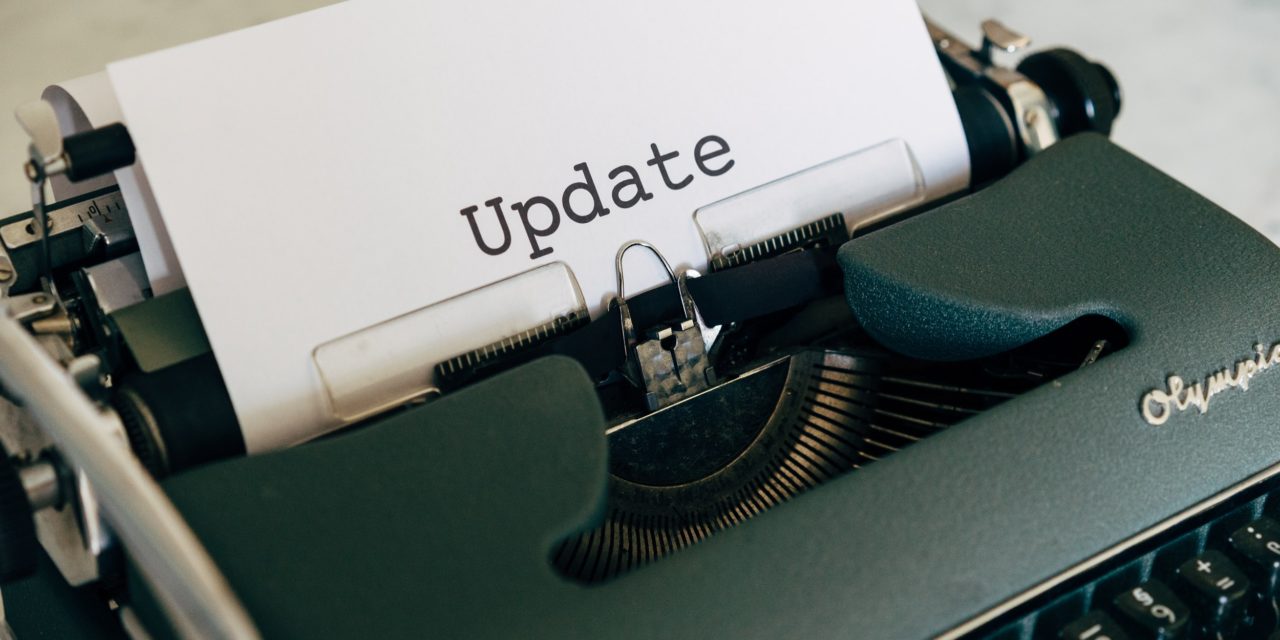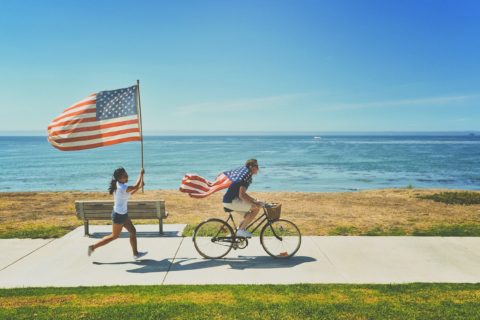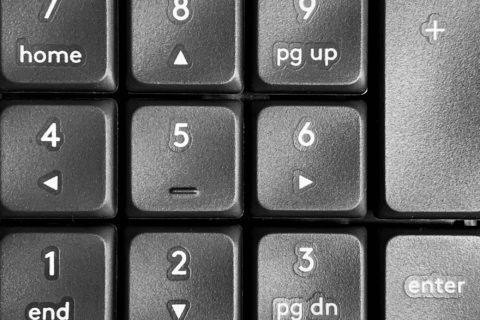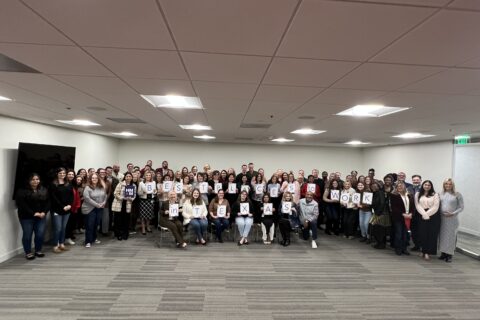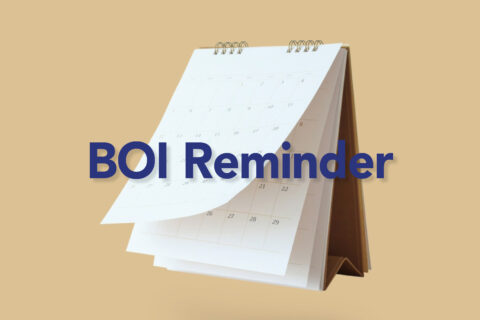We discuss below some of the more important recent developments involving Federal COVID-19 stimulus.
June 30, 2020 is the last day a Paycheck Protection Program loan can be approved.
If you are eligible for a Paycheck Protection Program (“PPP”) loan and have not yet applied, you have little time left to apply. Contact your bank or another qualified lender as soon as you can. There are online lenders who can make PPP loans. June 30 is the last day that a PPP loan can be approved by a qualified lender. There remains available about $130 billion in PPP loan appropriations.
Paycheck Protection Program Flexibility Act Signed into Law
President Trump signed the PPP Flexibility Act (“PPPFA”) on June 5, 2020. The PPPFA makes more likely the forgiveness of part or all of PPP loans. You can find a summary of this new law’s contents by clicking here.
Treasury and Small Business Administration: No “Cliff” in PPPFA
Before the PPPFA, the Treasury Department and the Small Business Administration (“SBA”) used their discretion to limit forgiveness of a PPP loan, should less than 75 percent of the funds be used for total payroll costs. Treasury and SBA provided a phaseout of the loan forgiveness, if the amount spent on total payroll costs was less than 75 percent.
The PPPFA provides a more liberal requirement that 60 percent of the loan be spent on total payroll costs. The law does not provide a phaseout. Thus, many observers posited that a “cliff” appeared to exist under the new law. In other words, if total payroll costs were less than 60 percent of the loan amount, none of the loan could be forgiven. Again, Treasury and SBA used their discretion. They announced on June 8 that there would be a phaseout similar to the one they allowed under the 75-percent limit.
New PPP Borrower and Lender Loan Application Forms
On June 12, SBA published new Borrower and Lender Loan Application Forms that reflect the PPPFA revisions to the PPP. Note that these seem to be useful for only 18 days after issuance.
Main Street Lending Program Expands to More Businesses
Essentially, the PPP is meant to be a program administered by the SBA that provides grants to small businesses and small not-for-profits that spend most of the grant on maintaining employment levels. The Main Street Lending (“MSL”) Program is a credit enhancement program aimed at supporting lending to mid-market companies. The MSL Program provides loan guarantees, is administered by the Federal Reserve Board, and is supported by funds from Treasury.
Unlike the rocket-like launch of the PPP, the MSL Program has been slow to take flight. The terms were not especially friendly to borrowers or to lenders. On June 8, the Fed announced changes in the program that should make it more attractive to borrowers and lenders. At the time of this post, the MSL Program has not yet opened to borrowers.
AICPA Issues Guidance on Accounting for Forgivable PPP Loans
This guidance applies to PPP loans to nongovernmental entities only and is deemed to be non-authoritative. You can find the guidance by clicking here.
IRS Addresses Taxability of Employer Leave-Based Donations for COVID-19 Victims
Employer-sponsored leave-based donation programs allow employees to elect to forgo paid leave in exchange for the employer then making cash payments for the value of that leave to charitable organizations. In Notice 2020-46, issued June 11, the IRS grants relief that provides that paid leave is not taxable to the employees that forego their paid leave, if that amount of paid leave is paid by the employer to a Section 170(c) organization for relief of victims of the COVID-19 pandemic. The payment must be made before January 1, 2021.
IRS Provides COVID-19 Relief to Qualified Opportunity Funds and Their Investors
On June 5, the IRS issued Notice 2020-39 that provides relief in response to COVID-19 conditions to Qualified Opportunity Funds (“QOFs”) and their investors. There are several QOF-related deadlines that are extended by the notice. Especially significant is the 180-day investment period requirement for QOF investors. The IRS provides in Notice 2020-39 that if the last day of the 180-day investment period within which a taxpayer must make an investment in a QOF in order to satisfy the 180-day investment requirement falls on or after April 1, 2020, and before December 31, 2020, the last day of that 180-day investment period is automatically postponed to December 31, 2020.
Is it Time to Apply for PPP Loan Forgiveness?
Not yet. We need new forms reflecting the PPPFA changes and instructions therefor. There are many unanswered questions. Some observers think that there may be forms and enough guidance to start the forgiveness process by the middle of July 2020. The window for forgiveness applications may extend for many months to accommodate the new 24-week covered period.
Will There Be More Federal Fiscal Stimulus Measures?
You can bet on it. The economy is not yet out of the ditch.
For more information check out HM&M’s COVID-19 Resources page.
HM&M COVID-19 ResourcesLatest Blog
DALLAS, TX – [February 21, 2025] –HM&M, a leading accounting and advisory firm, is proud to announce that ...
Updated February 14, 2025 A complex trust or estate may make an election under Internal Revenue Code Section ...
As this reminder was going to press, a Texas-based federal court issued a preliminary injunction prohibiting the federal ...
HM&M Updates
DALLAS, Dec. 11, 2024 – Springline Advisory, a trailblazing financial and business advisory firm, is proud to announce its partnership ...
Last month, Senior Manager, Pearl Balsara was invited to speak at the 2023 FPA DFW Annual Conference in ...
We are pleased to announce the winners of the 2022 HM&M Excellence Awards. Ronna Beemer, Keith Phillips, and ...


